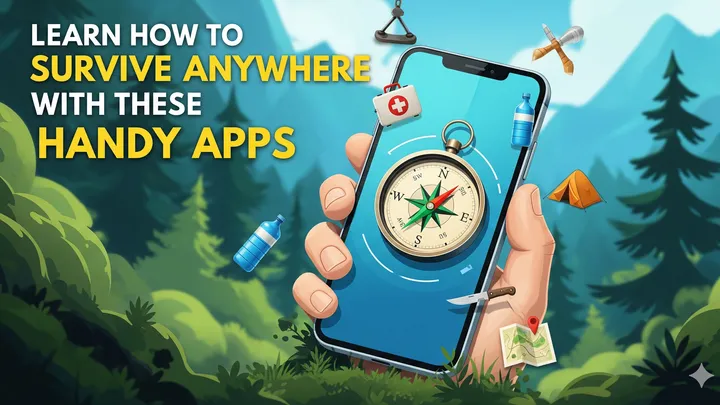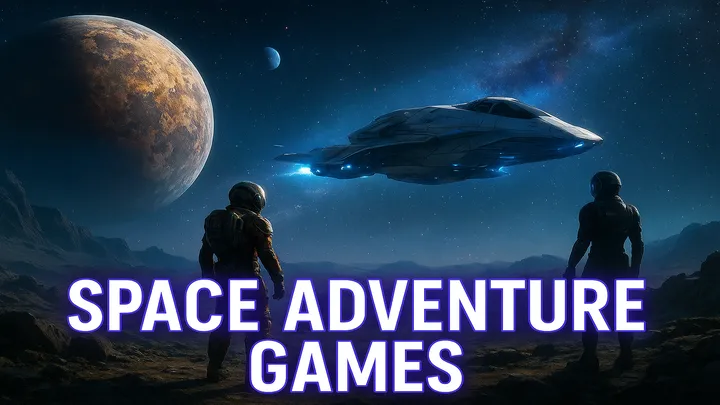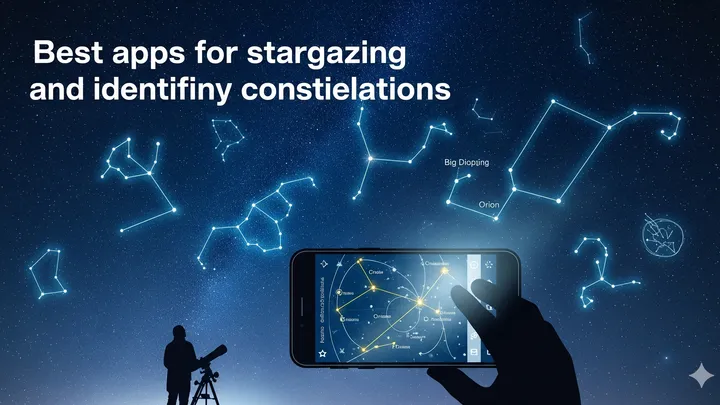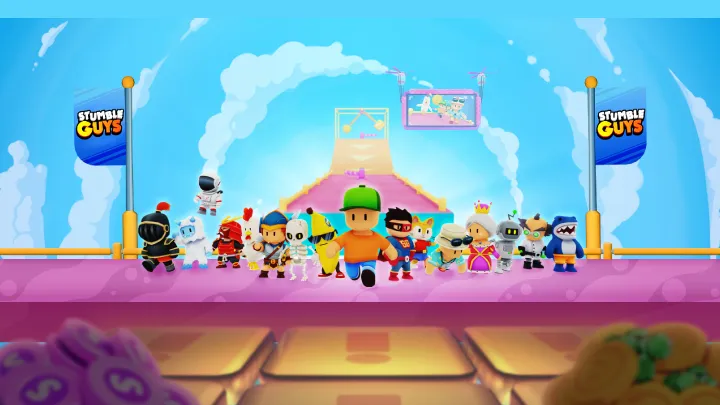House of Lost Souls is a captivating horror adventure game that immerses players in a chilling narrative filled with mystery, suspense, and psychological twists. Developed by an indie studio, the game has gained a dedicated following for its atmospheric design, intricate storytelling, and innovative gameplay mechanics. This article provides a comprehensive overview of the game, including its development history, core gameplay elements, narrative structure, visual and auditory design, community engagement, and its impact on the horror genre.
Development History
Conceptualization
The idea for House of Lost Souls emerged from a fascination with classic horror tropes combined with a desire to explore the psychological aspects of fear. The development team aimed to create a game that not only delivers scares but also invites players to delve into the minds of its characters. Development began in 2019, with a focus on creating a rich, immersive experience.
Release and Reception
Launched in early 2023, House of Lost Souls quickly captured the attention of horror enthusiasts. Players praised its eerie atmosphere, compelling narrative, and clever puzzle design. The game’s ability to evoke genuine fear through psychological horror rather than relying solely on jump scares set it apart in the crowded horror gaming landscape.
Gameplay Mechanics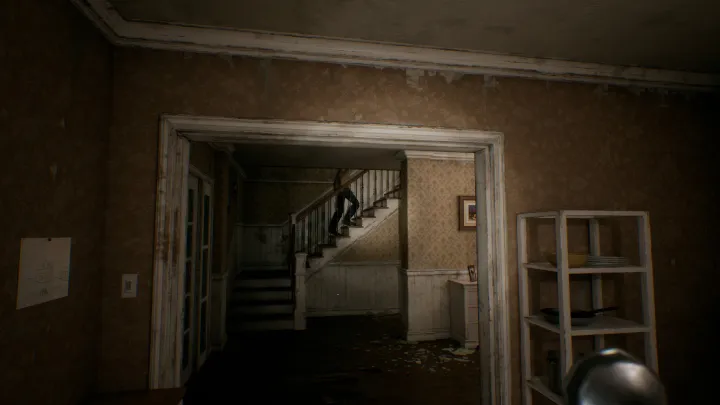
Core Gameplay Loop
House of Lost Souls revolves around exploration, puzzle-solving, and narrative engagement. The core gameplay elements include:
- Exploration: Players navigate through a haunting environment filled with hidden secrets and lore. The game encourages thorough exploration, rewarding players for their curiosity and attention to detail.
- Puzzle Solving: Players encounter various puzzles that must be solved to progress. These puzzles often relate to the story and require critical thinking and observation skills.
- Narrative Choices: The game features decision-making elements that affect the story's direction and the protagonist's fate, adding depth to the gameplay experience.
Environment and Level Design
The environments in House of Lost Souls are meticulously crafted to enhance the horror experience:
- Creepy Locations: Players explore a variety of unsettling settings, including an abandoned mansion, dark forests, and eerie graveyards, each designed to evoke a sense of dread and unease.
- Dynamic Lighting: The use of lighting is crucial in creating tension, with shadows and flickering lights contributing to the overall atmosphere.
- Hidden Secrets: The game is filled with hidden items and lore that encourage players to explore every corner, uncovering the backstory and mysteries of the house.
Psychological Elements
House of Lost Souls effectively employs psychological horror techniques:
- Fear Mechanisms: The game utilizes sound design, visual effects, and narrative twists to create a sense of impending doom and anxiety.
- Unreliable Narrator: The protagonist's mental state is often in question, leading players to doubt their perceptions and explore themes of madness and reality.
- Player Agency: Choices made by players can lead to different outcomes, influencing the protagonist’s mental state and the story's resolution.
Narrative Structure
Story Overview
The narrative of House of Lost Souls centers around a protagonist who finds themselves trapped in a mysterious mansion filled with lost souls. As they navigate the eerie environment, players uncover the tragic stories of the house’s former inhabitants, revealing interconnected tales of loss, betrayal, and redemption.
Character Development
The game features a cast of characters that enrich the story:
- The Protagonist: Players control a character whose backstory is gradually revealed through gameplay, allowing for emotional investment in their journey.
- Supporting Characters: Various spirits and entities encountered throughout the game provide depth to the narrative and challenge the protagonist's perceptions of reality.
Themes and Motifs
House of Lost Souls explores several key themes:
- Isolation: The feeling of being trapped both physically and mentally permeates the game, reflecting the protagonist's struggles.
- Redemption and Forgiveness: The narrative delves into the idea of seeking redemption for past mistakes and the importance of forgiveness, both for oneself and others.
- The Nature of Fear: The game prompts players to confront their fears, exploring how they shape the characters' motivations and actions.
Multiple Endings
House of Lost Souls includes multiple endings based on player choices:
- Branching Narratives: Decisions made throughout the game can lead to different outcomes, encouraging players to replay the game to explore all possibilities.
- Emotional Resolutions: Each ending offers a unique emotional experience, resonating with players and leaving a lasting impact.
Visual Design
Art Style
The visual design of House of Lost Souls is striking and atmospheric:
- Gothic Aesthetics: The game features a gothic art style that enhances the horror elements, using dark colors and intricate details to create an immersive experience.
- Environmental Storytelling: Each location is designed to convey the history and emotions of its past inhabitants, allowing players to piece together the narrative through visual cues.
Animation and Effects
The animation and visual effects contribute significantly to the horror atmosphere:
- Fluid Animations: Character movements and environmental interactions are smoothly animated, providing realism and immersion.
- Visual Effects: Subtle effects, such as distortion and ghostly apparitions, enhance the eerie atmosphere and reflect the protagonist's psychological state.
Auditory Design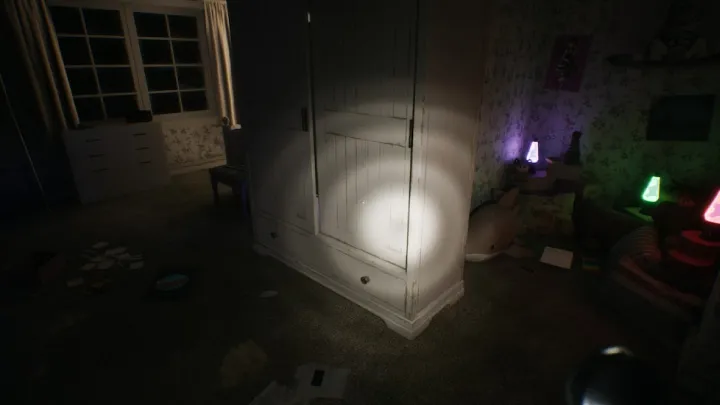
Soundscapes
The auditory design of House of Lost Souls plays a crucial role in creating tension and atmosphere:
- Ambient Sounds: The game features a haunting soundscape filled with distant whispers, creaking floors, and unsettling noises that heighten the sense of dread.
- Dynamic Music: The soundtrack is thoughtfully composed, with shifts in music intensity that mirror the emotional tone of the narrative.
Voice Acting
High-quality voice acting adds depth to character interactions:
- Character Voices: Each character is voiced with emotion, enhancing the overall storytelling experience.
- Narrative Delivery: Key narrative moments are delivered through voice acting, further immersing players in the story.
Community Engagement
Player Feedback
The developers of House of Lost Souls actively engage with the player community:
- Community Forums: Players can discuss their experiences, share theories, and provide feedback, fostering a sense of collaboration.
- Surveys and Polls: The development team conducts surveys to gather player insights, guiding future updates and improvements.
Fan Creations
The game has inspired a vibrant community of fans who create content based on House of Lost Souls:
- Art and Fan Fiction: Players share their artistic interpretations and stories inspired by the game, enriching the community experience.
- Content Creation: Streamers and YouTubers often showcase their gameplay experiences, attracting new players and generating discussions around the game.
Challenges and Critiques
Technical Issues
As with many indie games, House of Lost Souls has faced some technical challenges:
- Performance: Some players report performance issues, including frame rate drops and loading delays, particularly on lower-end hardware.
- Bugs and Glitches: While developers actively address issues, occasional bugs may disrupt gameplay, impacting the overall experience.
Subjectivity of Horror
The psychological horror genre is inherently subjective, and not all players may resonate with the game’s approach:
- Varied Responses: While many players appreciate the psychological elements, some may prefer more traditional horror mechanics, leading to mixed reviews.
Future Prospects
Expansions and DLC
The developers are considering potential expansions and downloadable content (DLC) to enhance the game:
- New Storylines: Future content may introduce new characters and narratives that expand on the existing universe.
- Gameplay Enhancements: Players can expect new mechanics and features that build upon the current systems, providing fresh experiences.
Continued Community Interaction
The developers aim to maintain strong communication with the community, ensuring player feedback continues to shape the game’s evolution:
- Regular Updates: Ongoing updates will address technical issues, introduce new content, and enhance the overall experience.
- Community Events: The development team may host events, such as contests or special in-game challenges, to foster engagement and excitement.
Conclusion
House of Lost Souls stands out as a compelling entry in the horror genre, combining immersive gameplay, a rich narrative, and atmospheric design. Its exploration of fear, isolation, and redemption resonates with players, prompting them to reflect on their own experiences while navigating a chilling world. As the game continues to evolve through community engagement and ongoing updates, it promises to deliver even more haunting experiences for fans of psychological horror. Whether exploring its eerie environments or unraveling its complex narrative, House of Lost Souls offers a unique and thought-provoking journey into the depths of the human psyche.








